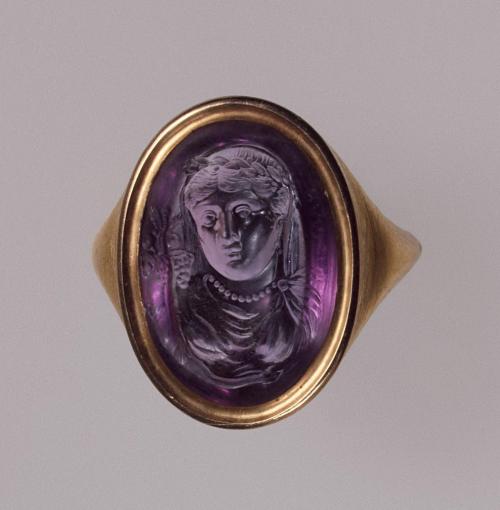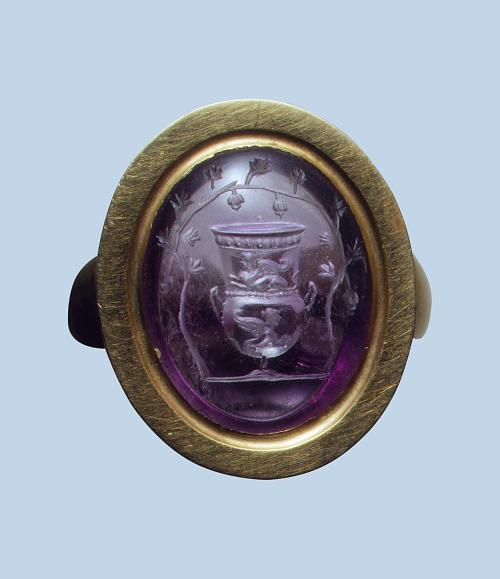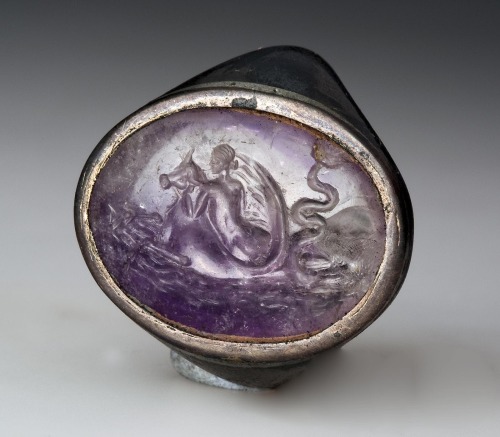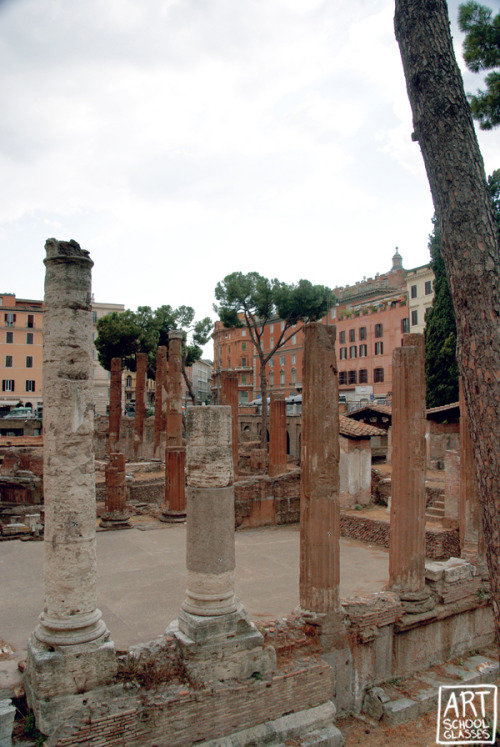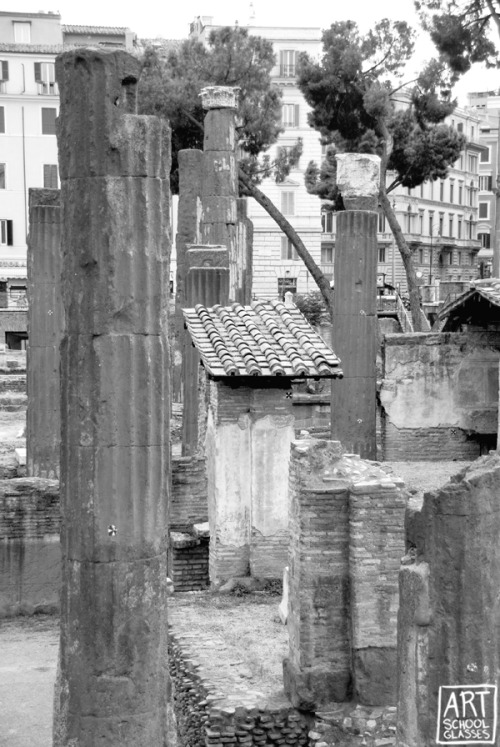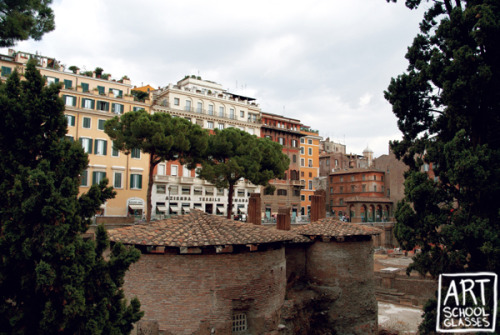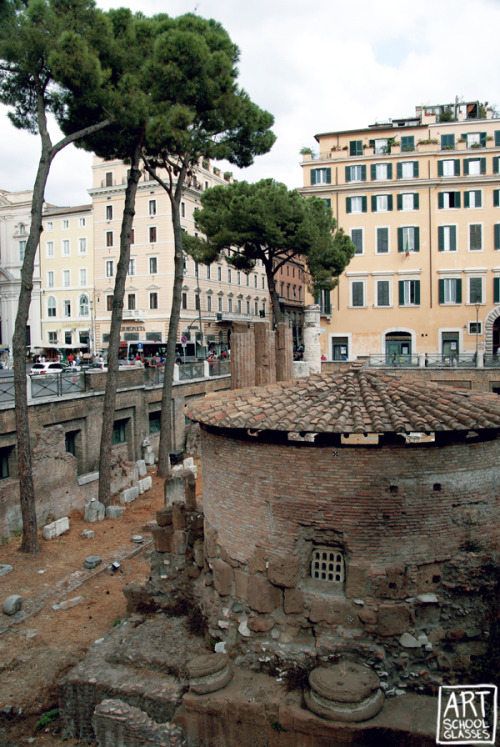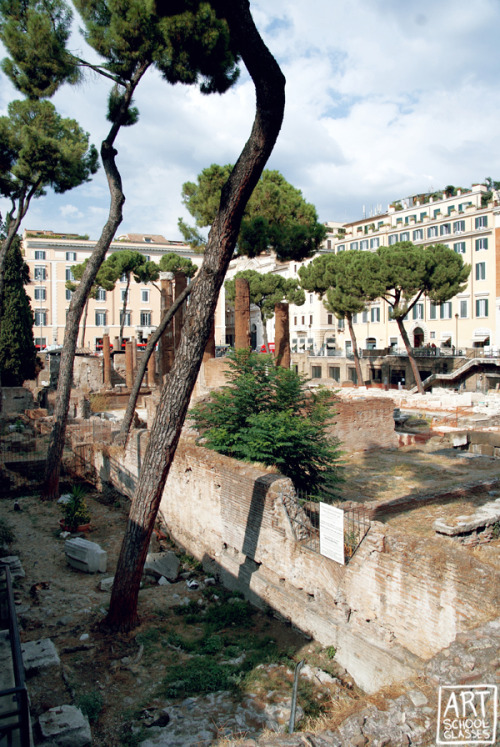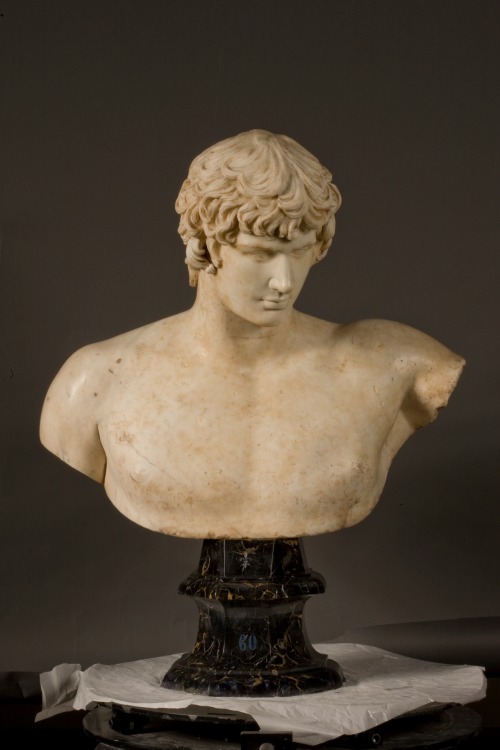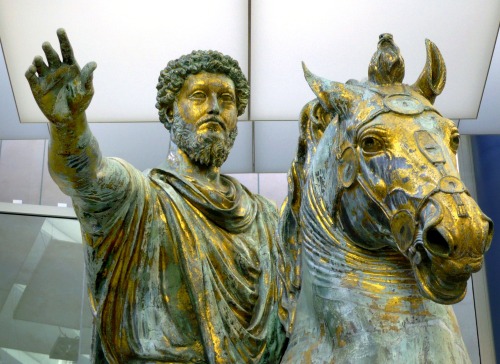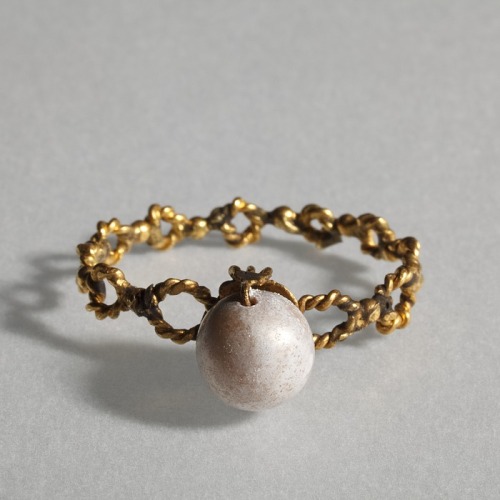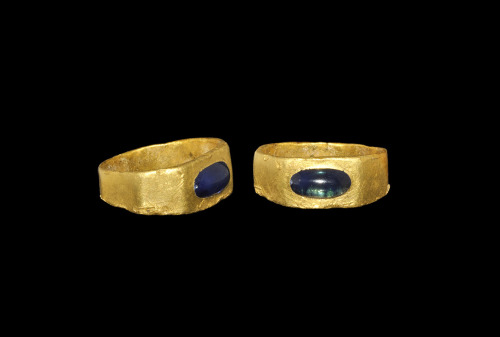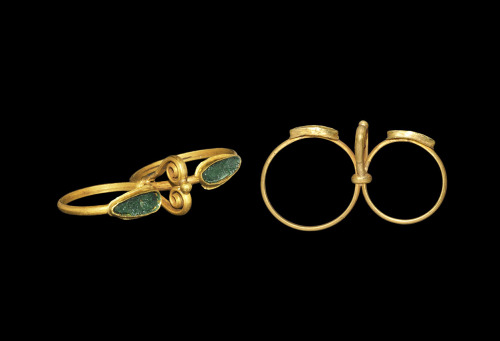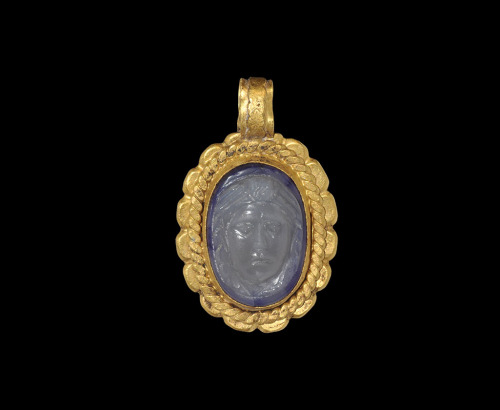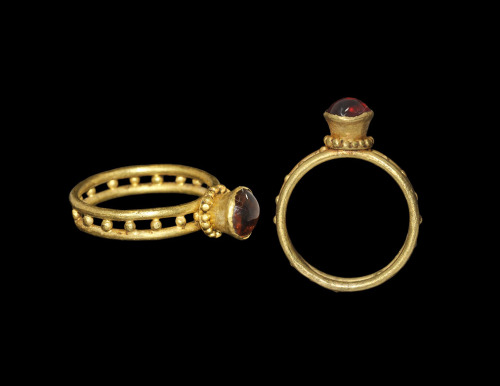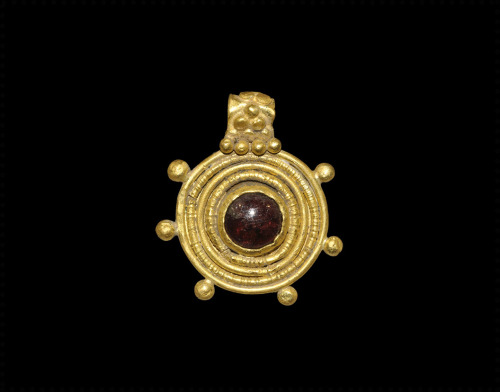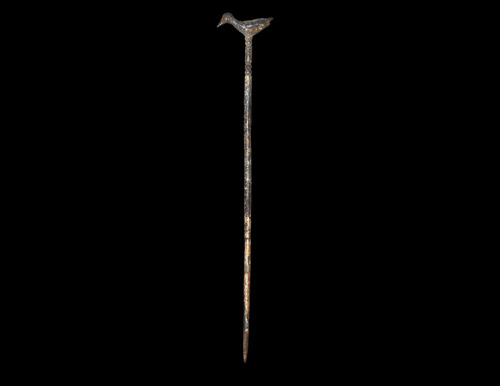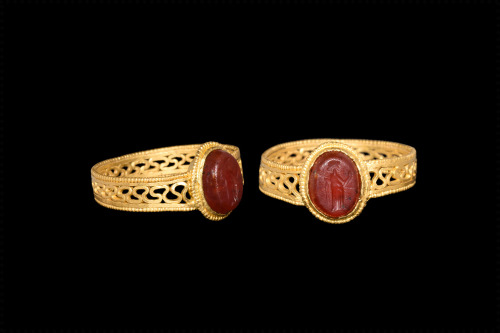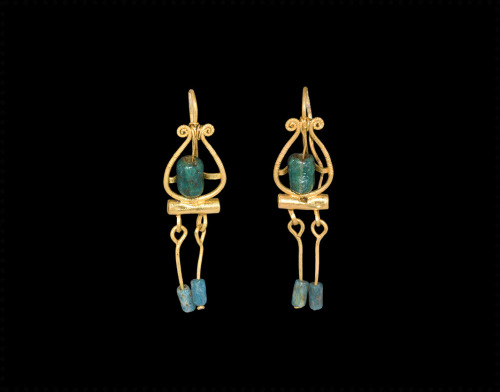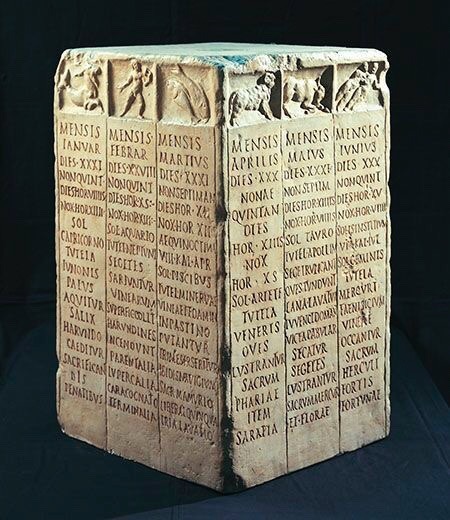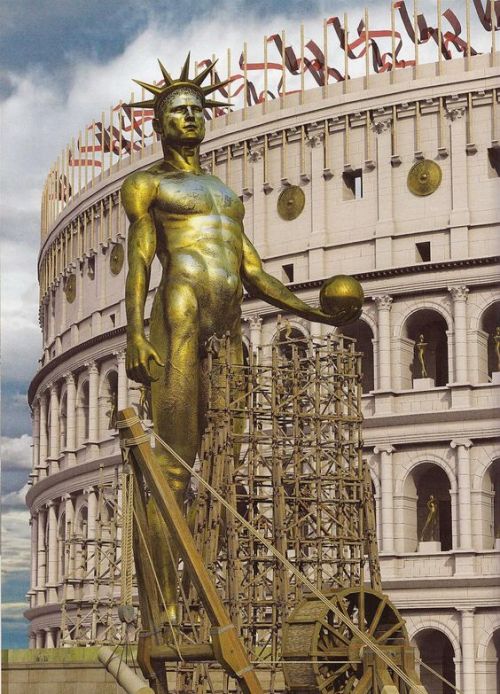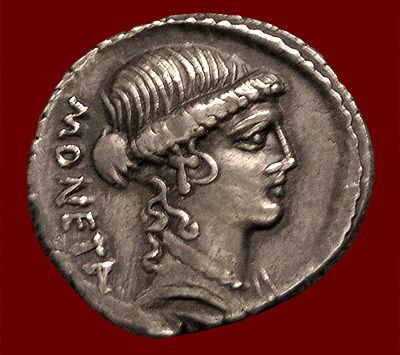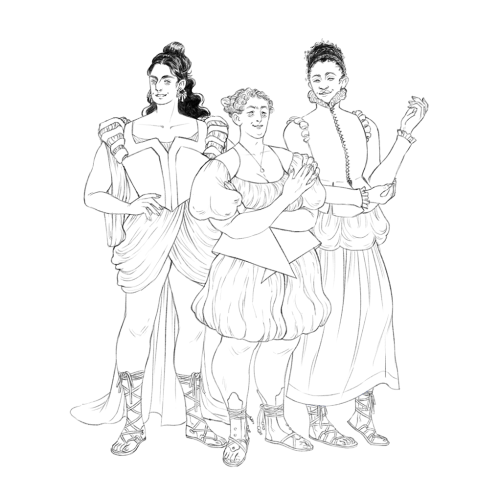#ancient roman
The Goddess Fortuna
Krater and Vine
Abduction of Europa
- Ancient Roman carved amethyst intaglio rings (Hermitage Museum)
Post link
Let’s get ancient queer: Martial, the great shame-flinger, wrote in one of his epigrams that a certain man asked him why he came to the bathes with such big-dicked attendants, to which Martial responded, and I am paraphrasing here, that these attendants fuck those who don’t mind their business.
(11.63)
One day I woke up and my brain said “let’s do a story about Holy inquisition/sorcery settled in South of Italy in the early 1600!1!!1” So I’m trying to do character design.





He’s called Giano (because of the ancient roman God “Iānus” the God of duality, and the circle of the life, he also represents good/evil; present/past; life/death and so on)
The character was inspired by a Folk songs from an area of South Italy. I leave you a fragment of the song
TheEquestrian Statue of Marcus Aurelius is an ancient Roman statue in the Campidoglio, Rome, Italy. It is made of bronze and stands 4.24 m tall. Although the emperor is mounted, it exhibits many similarities to standing statues of Augustus. The original is on display in the Capitoline Museums, with the one now standing in the open air of the Piazza del Campidoglio being a replica made in 1981 when the original was taken down for restoration.
(Source: Wikipedia)
Post link
Roman Egyptian millefiori glass beads, c. 1st century BCE to 1st century CE. From Christie’s Auctions
Post link
Roman gold and chalcedony intaglio gem pendant depicting a female face, possibly Medusa, c. 2nd-3rd centuries CE. From Timeline Auctions.
Post link
Roman openwork gold ring with carnelian intaglio of a goddess, c. 1st-2nd centuries CE. From Timeline Auctions.
Post link

Lawrence Alma-Tadema (1836-1912)
“TheMeeting of Antony and Cleopatra, 41 B.C.” (1885)
Oil on canvas
Academicism
Currently in a private collection
Roman farmers Calendar. Each side bears the names of free months of the year. For each month we can see starting from the top : the number of days in it, the day in which the Nones (the day of the moons first quarter) falls; the duration of the day and night expressed in hours; the sign of the Zodiac; the protecting divinity; work to be attended to in the fields, and the most important festivities.
Post link

